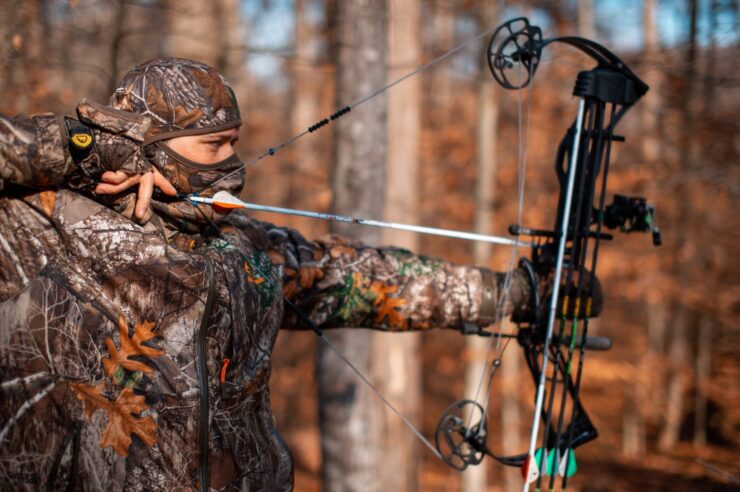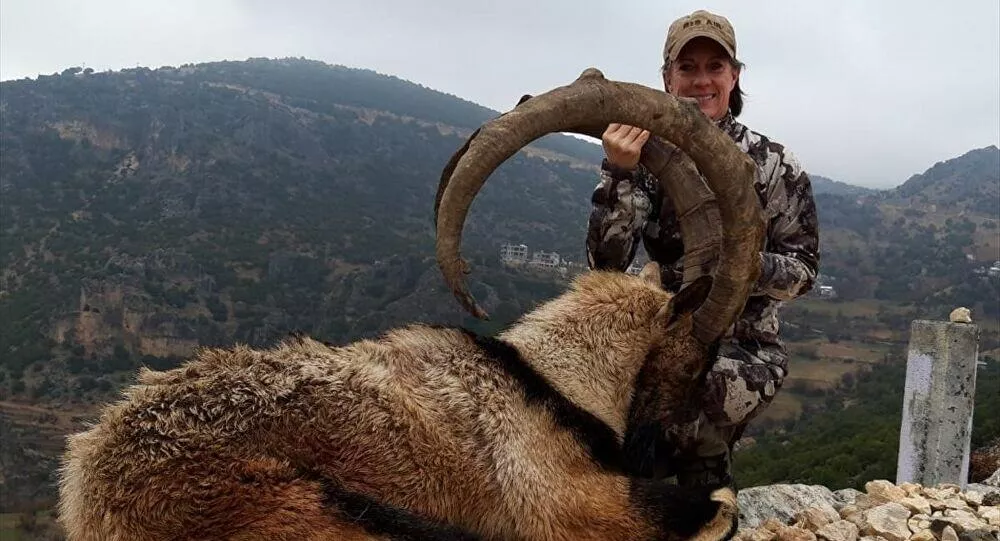I have always had a fascination with prehistoric man and his hunting ability. He could do something that we no longer can. He could make all that he needed and survive indefinitely off the land. Modern civilization has taken away our most basic skills which had sustained mankind for many thousands of years. We no longer understand or respect nature on a personal level.
Aboriginal spear went to visit Australia for a week with one of my main goals was to visit some Aborigines to learn more about their ancient culture and hunting skills. They are probably one of modern man’s closest links to the prehistoric past.
Many of them are employed at cultural centers which feature lectures, demonstrations, and displays about their religion, art, music, medicine, ancient tools, and weapons. They go to great lengths to emphasize their connection and balance with nature and how this is passed on to the next generation through stories, art, and dance.
To teach hunting skills, a dancer would realistically portray an animal such as a kangaroo or emu while the other dancers were hunters stalking and finally killing it. They also showed us their various types of hunting equipment which included the boomerang and spear thrower.
Everyone has heard about the returning boomerangs which we got to use, but they also showed us the hunting boomerang which wasn’t designed to come back. It was actually an aerodynamic flying club designed to break bones. It had a boomerang shape but was heavier and was designed to be thrown horizontally. Made of hardwood, it delivered all its force along the thin leading edge. The long legs and necks of the kangaroo and emu were the intended targets. Once the animal was down it was then clubbed in the head. Variations of this heavy-hunting boomerang with a reverse hook on one end were also used as weapons of war.
Next, we moved over to the spear-throwing practice range. From what I had read before this trip, the bow and arrow came after the spear thrower and has been around for several thousand years in different parts of the world. However, in Australia, the Aborigines didn’t advance past the spear thrower and I was about to find out why!
We formed a line across the end of the field and waited our turn for some hands-on instruction. They had large hay bails set up with full-size paper kangaroo targets. The targets were approximately 15, 30 and 50 yards away. Several of the young Aborigine men brought out a number of slender 7-foot spears and hooked handles of various lengths. Each spear had a depression in one end. The hook on the handle went into this depression.
Following the instructor’s direction, I gripped the handle with my little, ring and middle fingers. The spear was then held between my thumb and index finger. Extending my left arm toward the target, I pulled back my right arm holding the spear and handle. The actual throw is like swinging a tennis racket overhand.


